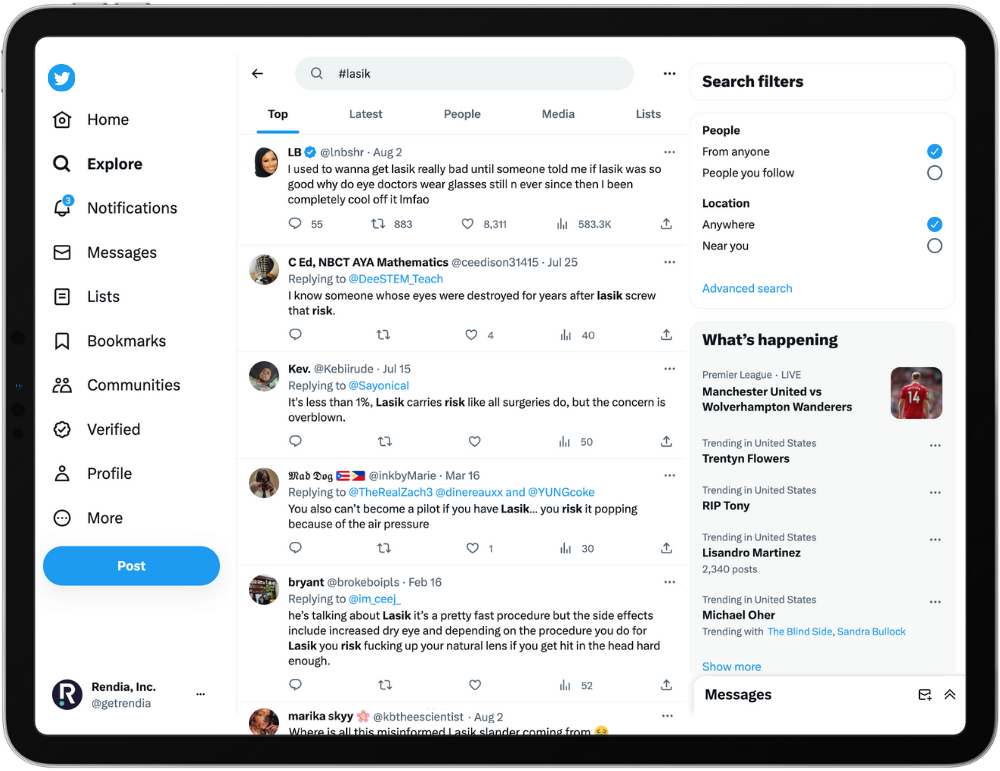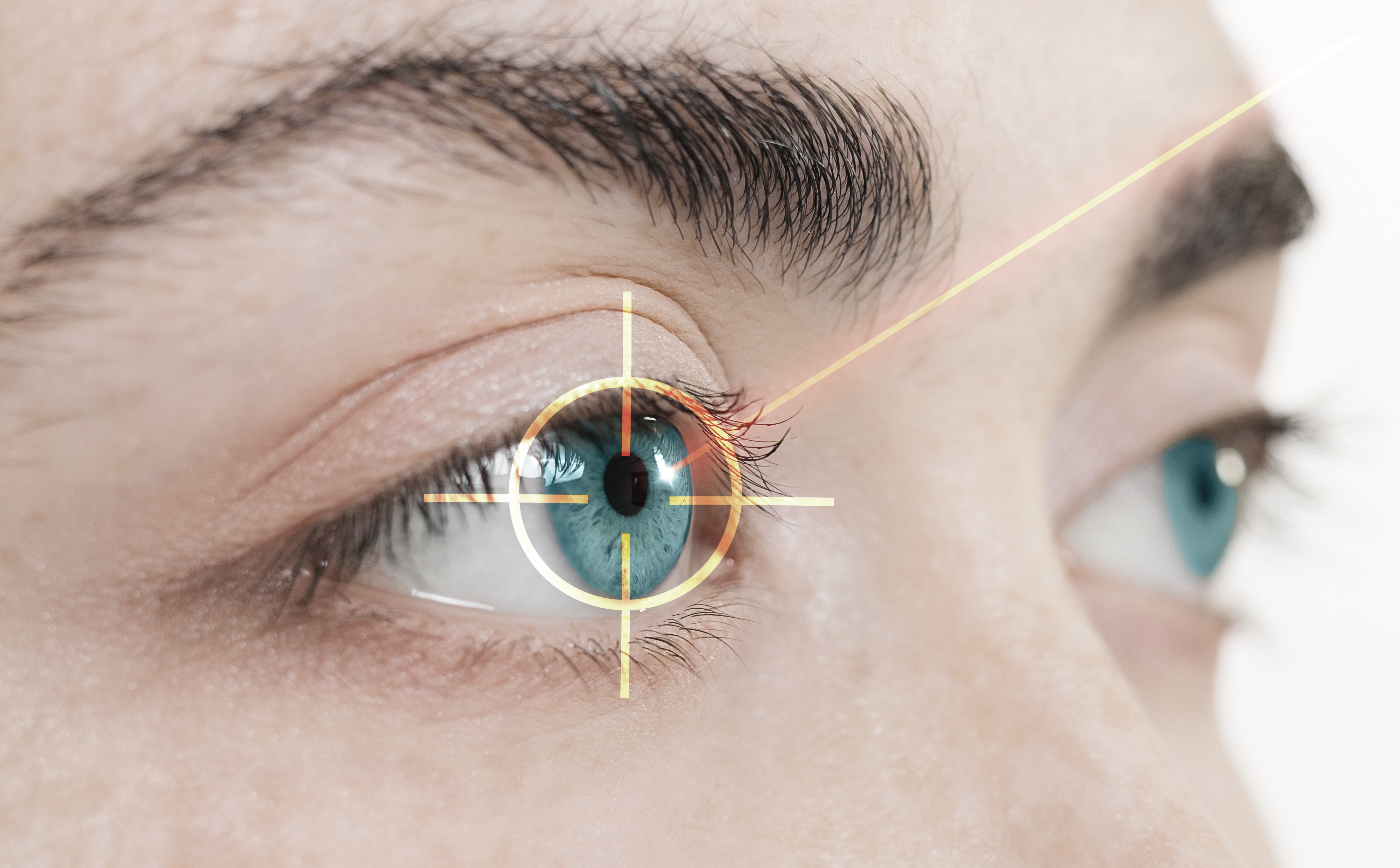The FDA issued a policy proposal that would require surgeons to provide additional warnings about the risks and side effects of LASIK. #LASIK began trending on Twitter, sparking waves of negative commentary and intense concern from LASIK candidates who have or are currently considering the treatment.
“LASIK surgery has been available to patients for vision correction for 28 years in the United States. It remains one of the safest ocular procedures performed.” said Dr. Mark Fromer, an Ophthalmologist from Lenox Hill Hospital in New York. Dr. Vance Thompson stated “All we’re asking for is balance. This document mainly emphasizes the dangers and complications of LASIK, with no mention of the advantages, and the tone is negative enough that it will scare patients.”1
While every procedure has risks and not every person is an ideal candidate, LASIK has a very high success rate, with a complication rate of <1%.2 To add some perspective, the complication rate of a root canal operation is 5%, meaning you are statistically 500x more likely to experience complications from a root canal than LASIK.3 The current discourse is an excellent reminder to providers about the risks associated with ineffective patient education. 88% of U.S. adults do not have proficient health literacy, which points to the importance of tailoring your patient education to your entire patient base.4

Here’s our guide on what providers can do to help calm the anxieties of current and prospective patients:
- Verify Patient Understanding–Risks and Side Effects: Common knowledge for providers is not common knowledge for patients. It’s important to be especially mindful of this when communicating potential side effects like dry eyes, glare or halos. Tools like Outcome Simulator allow patients to get a realistic experience of post-operative vision prior to the procedure. You can even tailor the simulation to each patient, providing them with an experience worth talking (and posting) about.
- Confirm Medical History: It is important to confirm a patient’s medical history to ensure that they did not leave out any information that would make them an unqualified LASIK candidate. Like any surgical procedure, certain underlying medical conditions could increase the risk of complications.
- Contribute Accurate Information on Social Media: In today’s digital age, it’s easy for information (and misinformation) to spread fast. Patients are constantly seeking medical information and advice online, and it’s tempting to solidify an opinion prior to additional research if the majority of posts share the same opinion. Break up the pages of text-based tweets with quick videos that inform patients about the procedure, from the initial consultation to post-operative care. Share content on your website, social media, in articles or in person with patients and colleagues. Be patient and persistent, and continue to share accurate, transparent information. Check out and share our LASIK playlist with your patients today.

